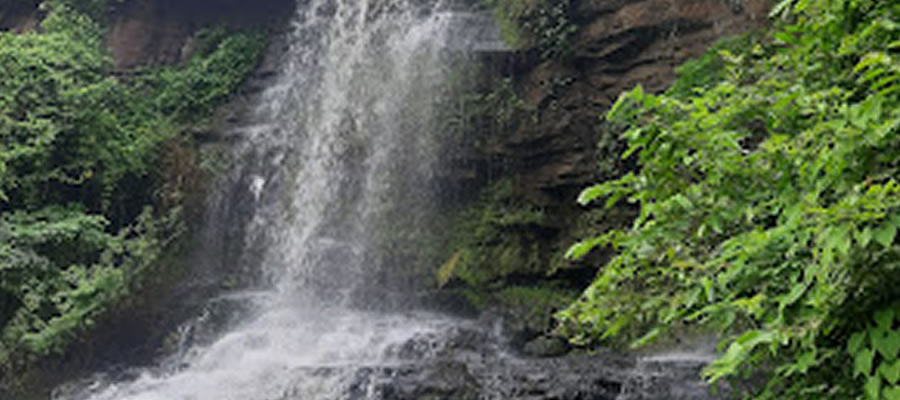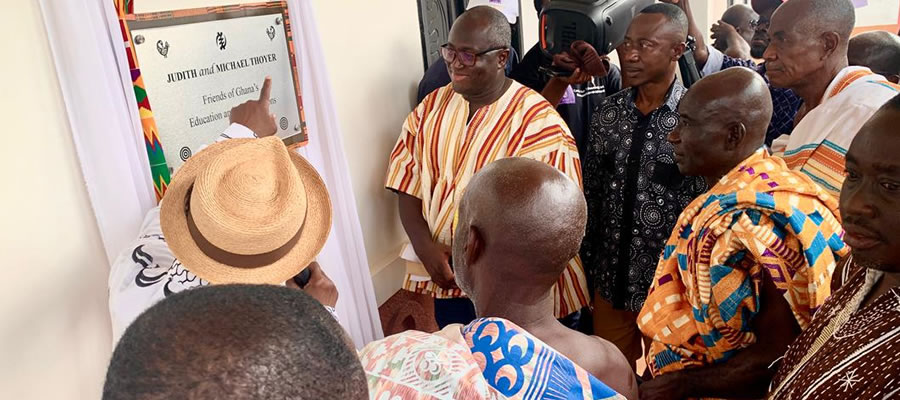

This section focuses on the administrative structures put in place for the management of the district.
Administration Structures
The District Assembly
The District Assembly as a governance institution has a legislative, deliberative, executive and administrative structures and functions. The District Assembly by the mode of its creation and responsibilities has governance role, service delivery role, planning and community development role and above all a regulatory role.
These roles are performed through established institutional structures and key personnel. By law, the Sekyere Kumawu District Assembly is the highest political and administrative body in the district. It is made up of 36 Assembly Members comprising of 23 elected Members and 11 Government appointees 1 Member of Parliament for Kumawu Constituency and a District Chief Executive. The Assembly exercises political and administrative authorities within its area of jurisdiction. It provides guidance to and supervises all other administrative authorities in the district. By so doing, it exercises deliberative, legislative and executive functions.
Committee Systems
The District Assembly operates through a committee system. A member of a committee can however belong to more than one committee, except that the Presiding Member of the Assembly is not a Member of the Executive Committee. The Executive Committee is responsible for the performance of the executive and administrative function of the Assembly. The Executive Committee is made up of of the various sub-committees of the Assembly, co-ordinates plans and programmes of the Sub-Committees and submits these as comprehensive plans of action to the Assembly. It also implements resolutions of the Assembly.
The Executive Committee is chaired by the District Chief Executive who is the direct representative of and appointee of the Government, though he/she has to be confirmed by the two-thirds majprity of Members of the General Assembly present.
The Executive Committee has sub-committees as follows
1. Development Planning Subcommittee
2. Social services sub committee
3. Works sub committee
4. Justice and Security sub committee
5. Finance and Administration Sub committee
Departments
The department serves as Technocrats/Expertise base for the Assembly through the provision of technical advice ad active participation during planning and implementation of development programmes and projects of the Assembly.
The departments under the District Assembly as provided under the Local Government Act, Act 462 include;
• Central Administration
• Finance
• Education, Youth and Sports
• Agriculture
• Physical (Spatial) Planning
• Social Welfare & Community Development
• Natural Resources Conservation, Forestry, Game & Wildlife Division
• District Health Department
• Works
• Industry & Trade
• Disaster Prevention
All the departments listed above exist in the district and are well established except the Department of Trade and Industry. Also some of existing departments do not have substantive staff and as a result those working here are officers from the other District such as Sekyere East and Ejisu-Juaben Municipal Assembly who oversight responsibility in Sekyere Kumawu.
Sub-District Structures
The District Assembly has 1 urban council, 2 Area Councils and 78 Unit Committees which facilitate effective communication between the Assembly and the various communities. These Town/Area Councils oversee the activities of the unit committees as well as assist the Assembly in the administration of the towns. The three (3) Urban /Area Councils in the district are:
- Kumawu Urban Council
- Bodomase Area Council
- Bira Onwam Area Council
Almost all the area councils are not functional due to lack of personnel to man them. They are therefore assisted by officers from the Central Administration whenever the Area Councils meet.
Traditional Authority
The District has one Paramouncy, which is the Kumawu Traditional Council. Under the Paramouncy are sub-chiefs. The traditional authorities ensure physical development of their respective areas as well as to serve as arbitrators in their area of jurisdiction whenever there is any misunderstanding among the people. They channel their grievances through the chiefs for amicable settlement.
Accountability
For the District Assembly to ensure accountability, transparency and probity, certain structures have been put in place. Structures like District Tender Committee, District Tender Review Board, Procurement Unit, Ad-hoc Tender Evaluation Committee, Budget Preparation Committee Monitoring and Evaluation Team among others. The essence of these structure are to ensure that the District Assembly is accountable to people they serve. Hence officials and Assembly Members must cultivate the culture of openness and transparency in award of contracts for the construction of projects, collection of revenue, purchase of equipment, machinery and stationary and the distribution of development programmes and projects within the district. To ensure openness and accountability the Assembly has put in place the under listed structures.
• District Tender Committee
• District Tender Review Board
• District Procurement Committee
• District Tender Evaluation Committee
• District Budget Preparation Committee
• District Monitoring & Evaluation Team & Others
These structures are to ensure that transparency, openness and accountability are promoted in the district.
Participation of Citizenry
Major stakeholders like G.P.R.T.U. Trade Association, operators of restaurants, bar keepers, beauticians and other identification bodies are made an integral part of the Assembly’s discussion. They express their opinions on rates and fees to be charged in the coming year. By so doing, they make important inputs into the budget. The citizenry are also involved in programmes and projects implementation. For instance opinion leaders such as chiefs, unit committee members as well as beneficiary communities are involved in meetings, projects inspection, monitoring and evaluation.
Also events like public hearing and peoples assemblies are organised in the district at some communities for the people to express their views about governance.
Again, through their elected representatives at the Assembly, some community members are able to express their views on issues like armed robbery, Fulani herdsmen and environmental sanitation in the district.
Application of Communities Strategies/Public Hearing
For proposals, policies and programmes to be sold out to the general public, one effective way to reach out to people and the communities for their inputs into the development agenda of this district is through public hearing and discussions. By so doing, members of the public views are solicited. Other communication strategies that are sued by the Assembly to reach out to the people and also receive their response include seminars, workshops and interviews. Then mediums are adopted to sensitize and to receive responses from the citizenry.
Security
There are five (5) police stations in the district. They are located at Kumawu, Bodomase, Oyoko, Sekyere and Banko. These stations have numerical strength of 23 personnel in totality. When one considers the population coupled with the land size of the district, one can see that the staff strength is woefully inadequate.
To ensure that there is peace and harmony in the district, the Assembly is making an effort to construct a police station at other communities such as Woraso. Besides, the assembly collaborates with the security agencies in maintaining law and order. The Assembly provides logistics and technical support necessary to assist the police to carry out their duties. The Assembly also resources the Disaster Management of the Assembly by providing the management with funds to purchase needy items to assist people who are affected by disaster in the district. The organisation also organises education on disaster for the people in the district.
Date Created : 11/28/2017 3:42:35 AM











 facebook
facebook
 twitter
twitter
 Youtube
Youtube
 +233 593 831 280
+233 593 831 280 0800 430 430
0800 430 430 GPS: GE-231-4383
GPS: GE-231-4383 info@ghanadistricts.com
info@ghanadistricts.com Box GP1044, Accra, Ghana
Box GP1044, Accra, Ghana